(from the album’s liner notes: “acousma [Gr. akonsma, from akonein, to hear]: Ger. Akusma; Fr. illusion ou hallucination auditive; Itl. acusma. – a form of auditory hallucination.
acousma – Sensation of hearing imaginary sounds. Also called acouasm
Reviewing a CD like Robert Scott Thompson’s brilliant Acousma is a maddeningly ridiculous venture. It’s difficult enough to review straightforward ambient music, with it’s subtle twists and turns as it morphs endlessly in tiny steps or wild deviations. But this recording — yikes! First of all, it’s a two-disc set; second of all, each disc holds over 75 minutes of music; third, the music contained therein is some of the most adventurous I’ve heard since Ken Moore’s Conviction from my Extraction. Acousma is extremely heavy-duty and is only ambient in the most broad sense of the word. To my mind, playing this in the background is pointless. You will never appreciate it to any degree whatsoever, simply because it is too dense and complex to absorb indirectly.
Which is not to say that direct listening will appeal to many people either. Abstract and experimental, sometimes in the extreme, the music on Acousma is comprised of acoustic sound sources, both musical (e.g. violin, guitar, voice, flute, piano, et al.) and non-musical (field recordings, spoken word, other acoustic sources), that are literally transformed through computer devices and techniques that, while well-explained in the liner notes, are so far beyond my level to understand that I won’t even try to do so. And, I’ll admit, the first several times I attempted to listen to Acousma, I was completely lost somewhere between bewilderment and extreme dislike. In the beginning, it just all seemed so confusing — a jangle of noise, musical snippets, and distorted sounds.
However, out of this chaos, beauty did emerge for me. Not traditional beauty, but a sense of loveliness amidst the purity of the invention which is part and parcel of what Acousma is all about. As Robert Scott Thompson himself states in the liner notes, “Sounds become enchanted, imbued with enriched nuance, essentially changed and transformed through the agency of computer synthesis and processing.” “Enchantment” is a good choice of words.
There is a special breed of magic at work in the selections on these two discs. It’s almost hypnotic. If one was to craft a perfect listening environment (no outside noise or disruption, comfortable position, headphones, low light or no light), I would imagine that this recording would provide quite the fuel for an active imagination. On the other hand, something about the music is also amazingly non-visual and incredibly aesthetic from a purely intellectual standpoint. This is not to say that an emotional response won’t be evoked by various sections of either disc. However, the overall feeling of the record is more exploratory and less celebratory, frightening or somber. I also would caution you that on first listen, (as was my case), you might hear this as a soulless exercise in “gee whiz” studio chicanery. I’d only urge you to stick with this CD and do your best to get past that stage of comprehension.
While I have painted a picture of Acousma that may make it sound harsh or completely non-melodic, it’s not all like that (if even like at all). Since the sound sources are, mostly, musical instruments, an astute listener will catch moments of melody and phrasing, as one catches a firefly as it flits about in the dark night air. Some stretches of the CD are cacophonous, bringing to mind conflict and the clashing of powerful forces, while at other times the music is diaphanous, floating and wafting as delicate as a wisp of smoke. Crescendos that erupt from seemingly out of nowhere are melded into eerily beautiful stretches and then reverse themselves back into an explosion of discordant sound. Processed vocals can sound ghostly one minute and celestial the next. Violins, flute, and koto flirt with normalcy and are swallowed up in a miasma of soundscapes that would be grating if they weren’t so intricately crafted and meticulously engineered to take the listener just to the brink of some sonic cliff, gazing over the edge and yet never losing balance as one teeters at the abyss.
I won’t even attempt to single out a track on either disc as a favorite, since that is missing the point of “the whole” of this album. I suppose that, over time and repeated listening, I may come to like one track more than another (the songs are markedly different from each other). I strongly recommend Acousma, even though I imagine my review has left many of you scratching your heads and wondering “Yeah, but what does it sound like?” Well, there is no easy answer to that question. Acousma sounds like music that has been changed and transformed (as Thompson states in the notes above) into something new, exciting, and courageous, and also something dangerous, scary, and unstable. It’s a statement of how unique and startling this CD is that if I was pressed to compare it to anyone else that I know, I’d say this: If L. Gaab and Daniel Byerly (recording under his pseudonym Bertrom Cabot Jr.) mind-melded and recorded an album, you might get something that sounds like this. But, on the other hand, Robert Scott Thompson is such a rugged individualist when it comes to composition (never taking the easy path in anything he records), even that comparison is hopelessly flawed.
In the end, Acousma will delight and thrill you if you are searching for music that strays far afield of traditional ambient or even twentieth century classical or avant-garde recordings. While not as unfriendly as some of what I have received from the Staalplaat label (which, in my opinion, frequently is just bizarre noise), Acousma is seldom, if ever, accessible or “normal” in any true sense of the word. But somehow, through all the altered sounds and brief strains of familiarity, something amazingly artistic and innately human emerges. I don’t know how or why, but Acousma speaks to the open-minded listener in tones that are both alien and native. It’s an amazing album!
— Bill Binkelman, Wind and Wire

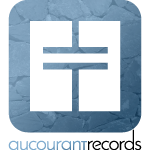

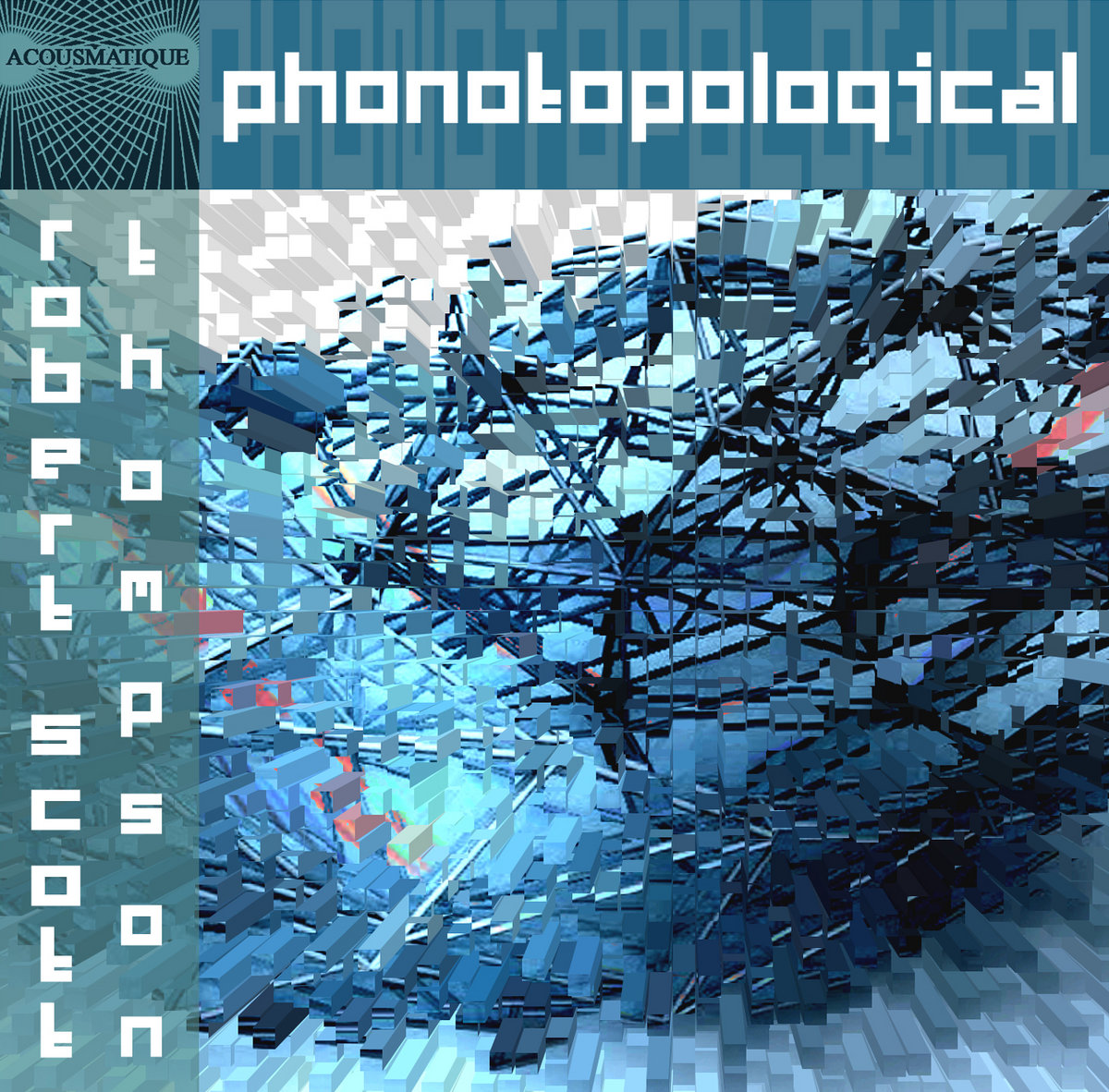
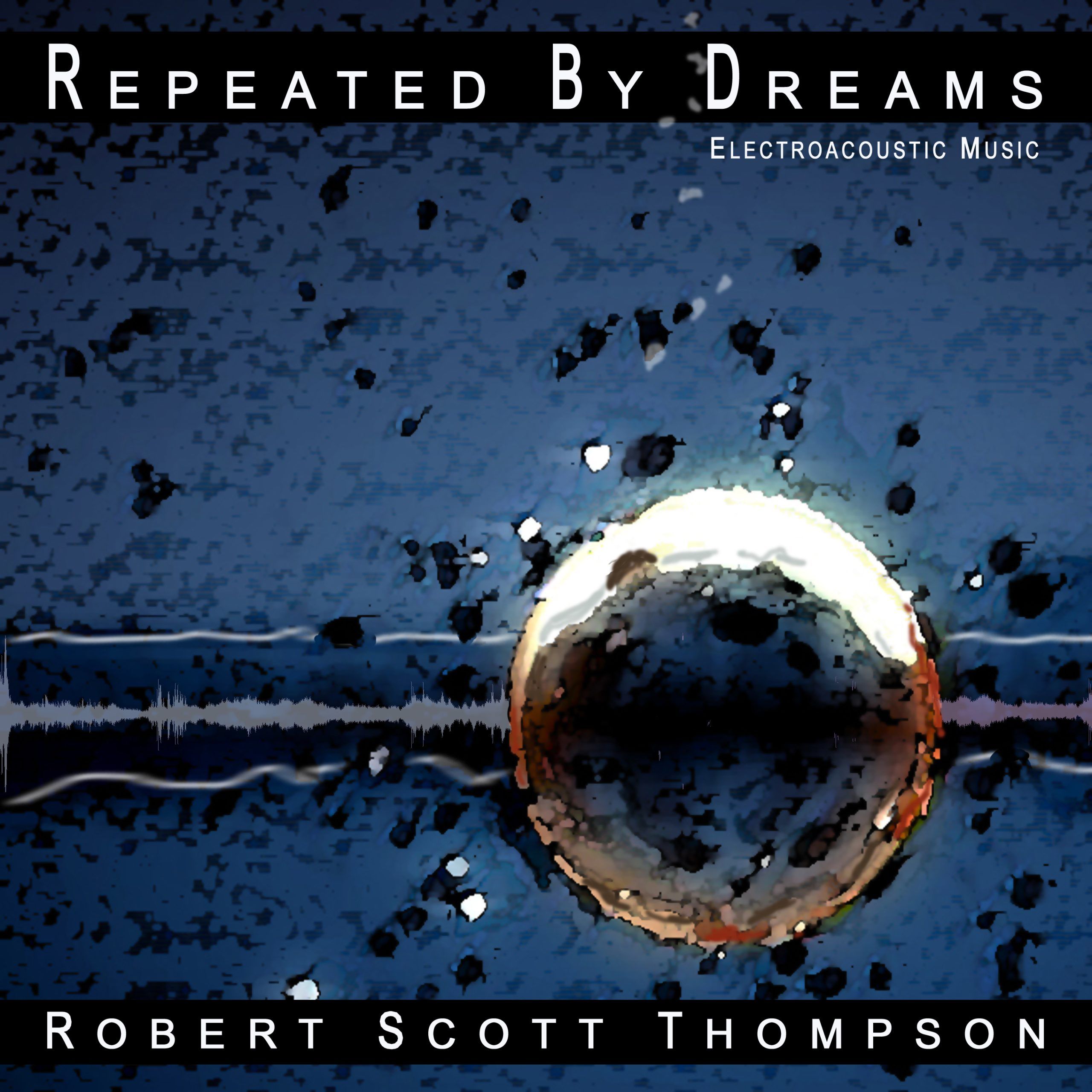
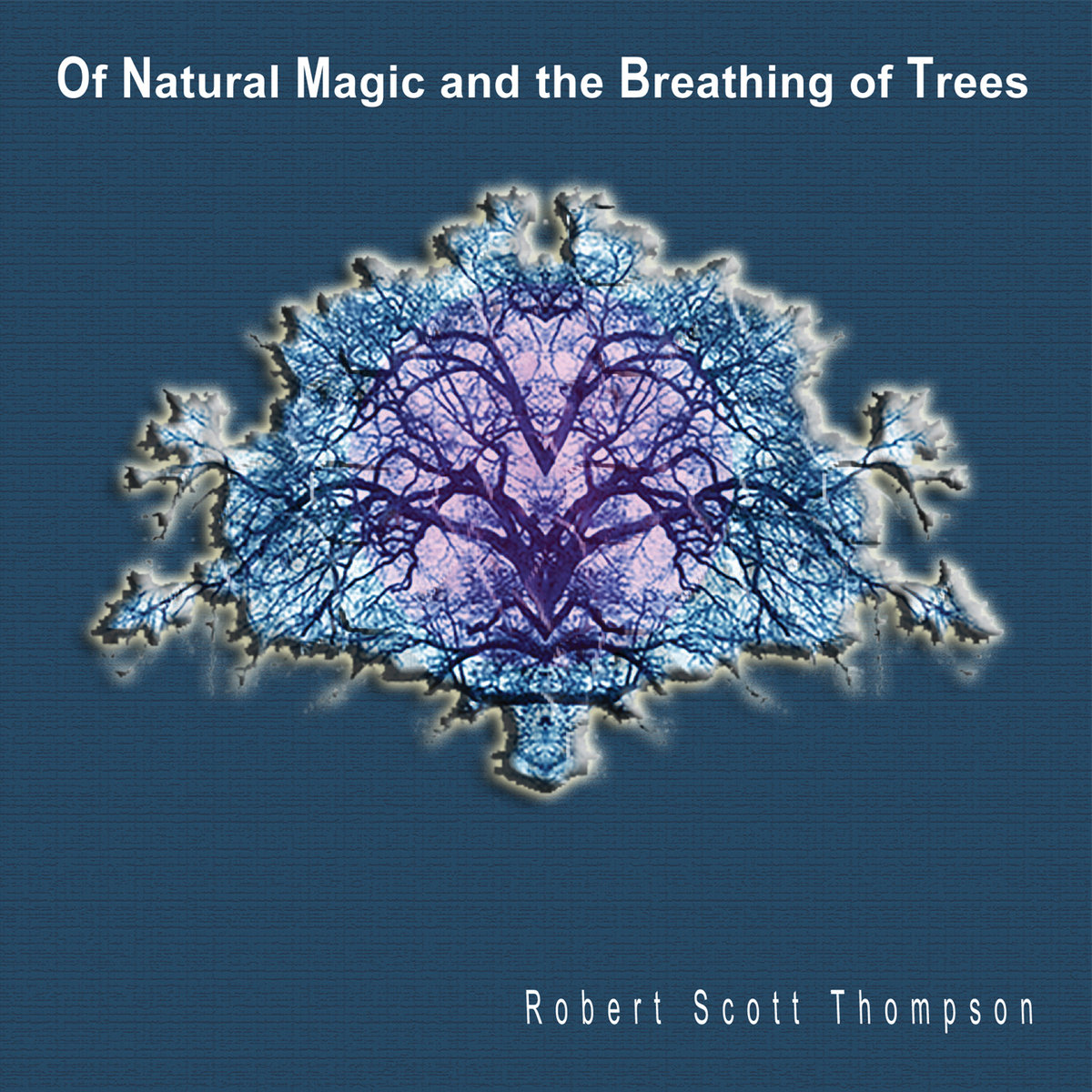
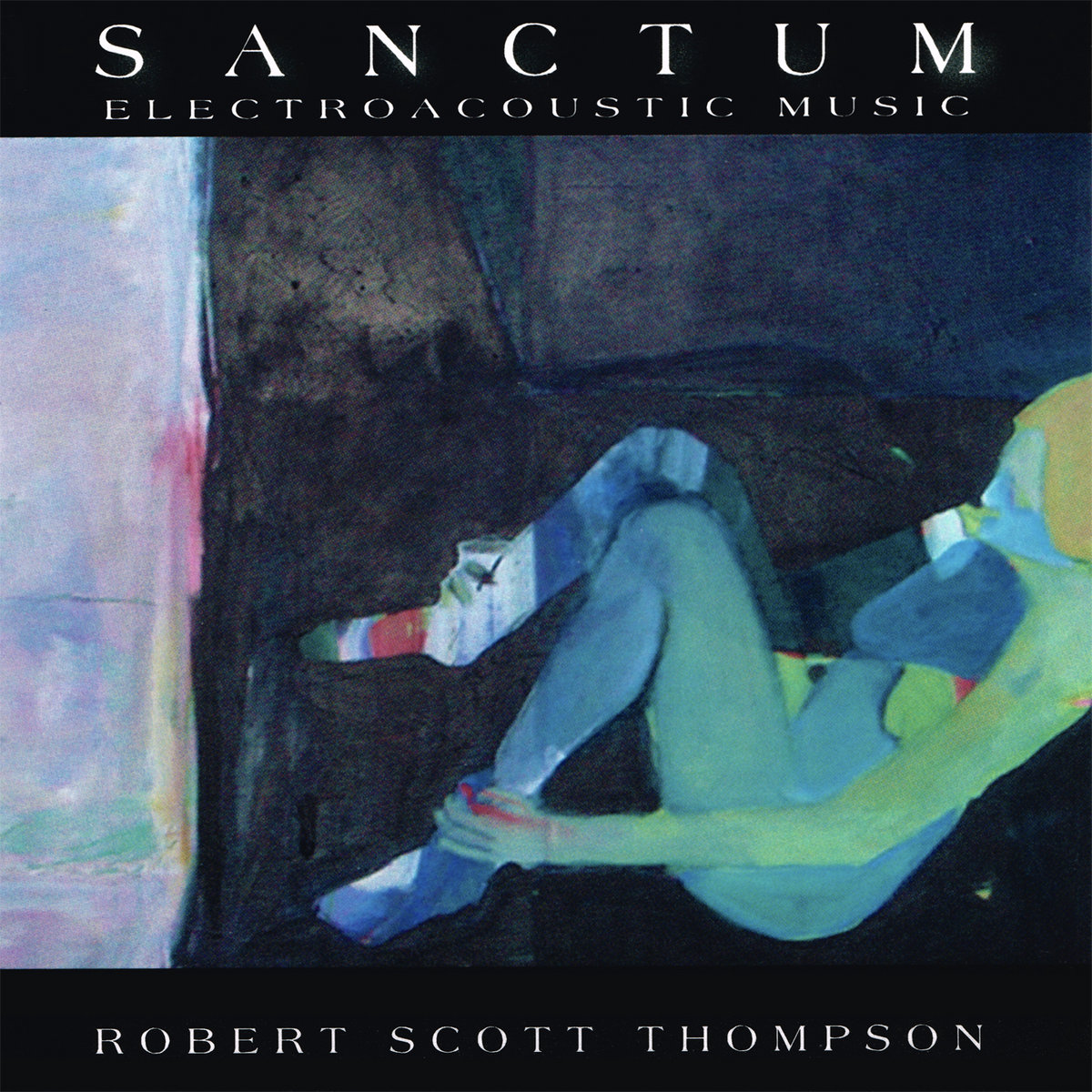
Reviews